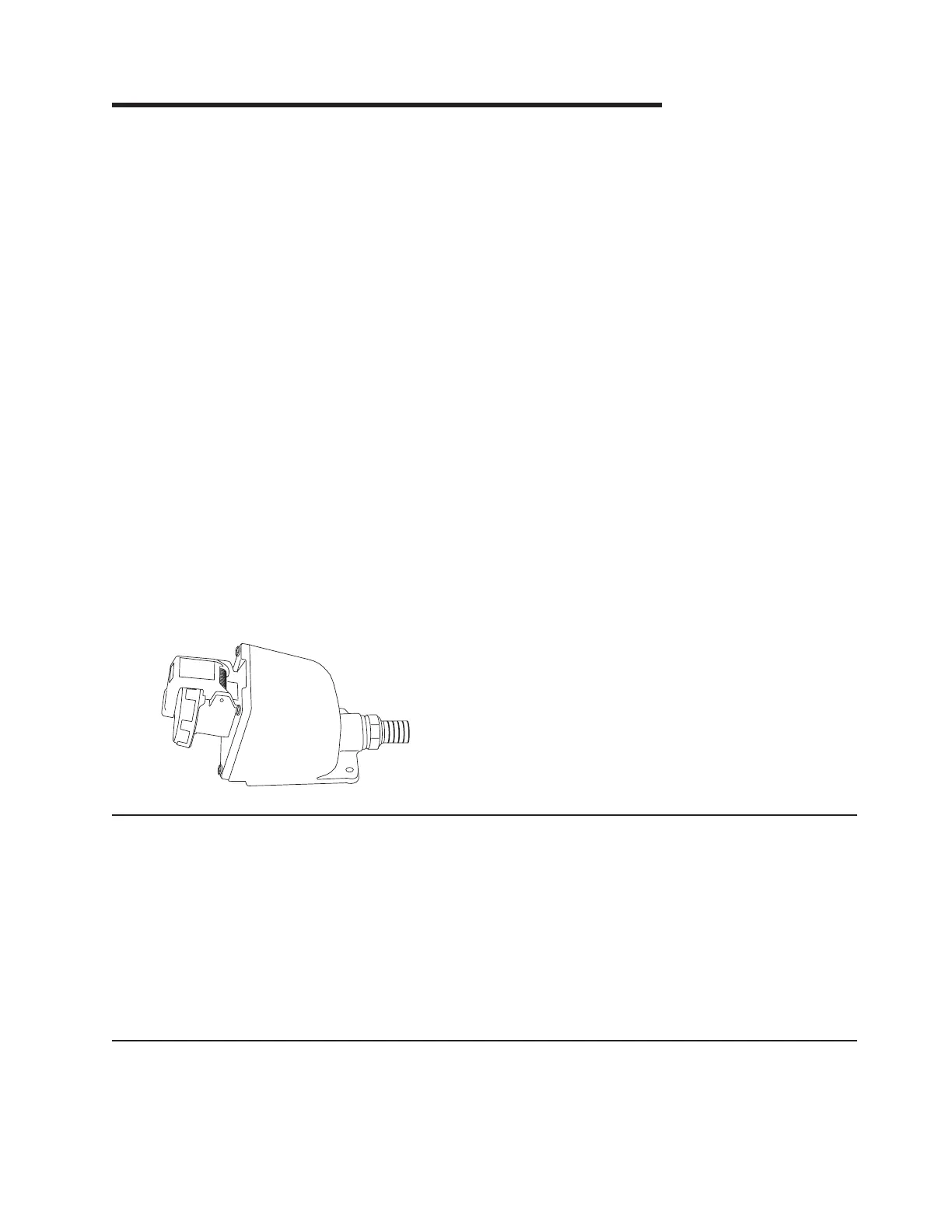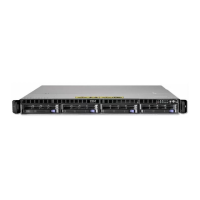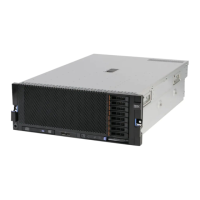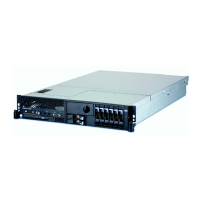Chapter 11. Power Cords and Electrical Needs
In planning for your electrical needs, consider the following:
v You must have adequate power to meet the requirements of the devices.
v Electrical receptacles must be near enough to be reached by the power cords supplied with the devices.
v Electrical outlets must be compatible with the electrical plugs supplied with the devices.
v Electrical outlets must be functional and properly grounded.
v Paths of power cords should be arranged to prevent damage to power cords or tripping hazards to
personnel.
v Depending on the computing environment, you may need surge-protection devices.
v Radio, radar, or other strong radio frequency transmitters close to your location may cause computer
malfunctions. Consult your marketing representative if abnormally high radio frequency noise is
anticipated.
v Functionality and capacity of uninterruptible power source (UPS)
v Varying magnetic fields from high current electrical power-distribution systems, elevators, or equipment
employing high currents or magnets may cause annoying motion on video displays. Check for
acceptable operation of video displays if varying magnetic fields may be encountered.
Note: IBM strongly recommends the use of a metal backbox (example shown below) with line cords using
IEC-309 plugs. Although in-line connectors and nonmetalic backboxes are available and compatible,
they are not recommended. A metal backbox provides an added level of protection against a
miswired phase and ground reversal, and in some cases, it may provide better EMI mitigation. If
you choose not to use a metal backbox, check your local codes for specific requirements.
Typical Metal Backbox
Power Cords
Power cords with attached plugs are provided for most ac powered systems. Power cords are 1.8 m (6 ft.)
minimum length. Rack-mounted products are normally supplied with 4.3 m (14 ft) power cords. All products
shipped to Chicago are provided with 1.8 m (6 ft.) power cords to comply with local electrical standards.
The power cord that is supplied with the system has an attached plug. The plug that is provided
corresponds to the power-outlet receptacle most commonly used in the country to which the product is
being shipped. A different plug may be selected by specifying its feature code from “Power Plugs for
Desktop and Deskside Systems” on page 339 when the product is ordered. The customer must supply the
corresponding power outlet receptacles.
Plugs
“Power Plugs for Desktop and Deskside Systems” on page 339 presents information concerning system
unit plugs for various countries. The plugs are listed in order of feature code. Consult your marketing
representative for information on which type of plug is used in your area or country.
337

